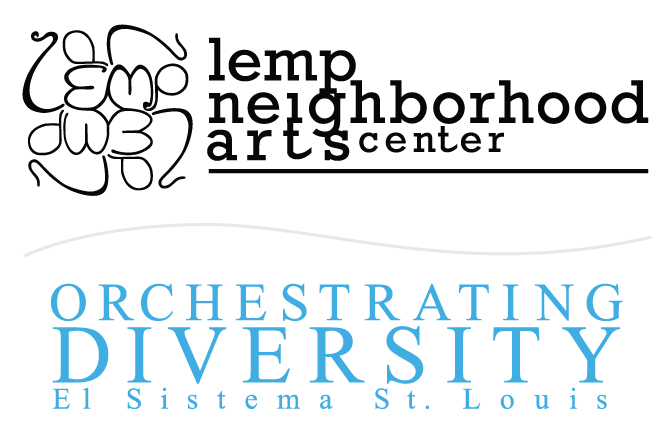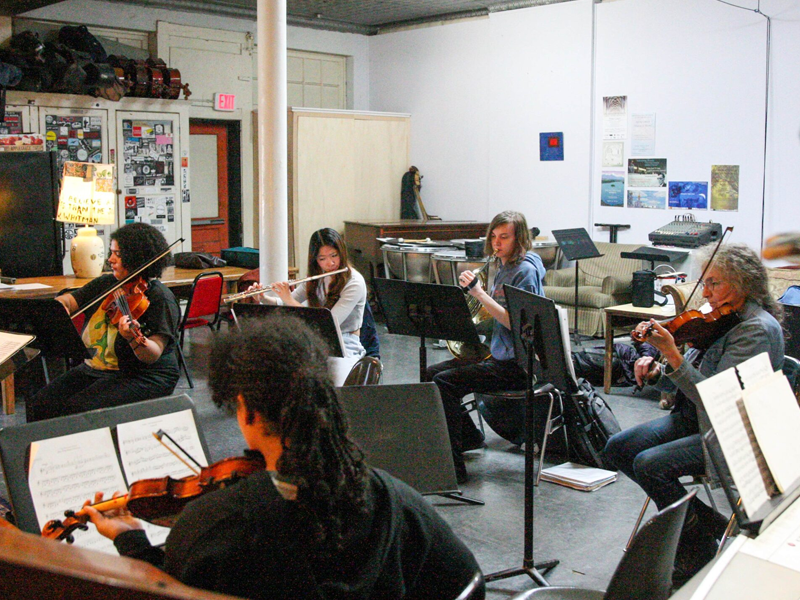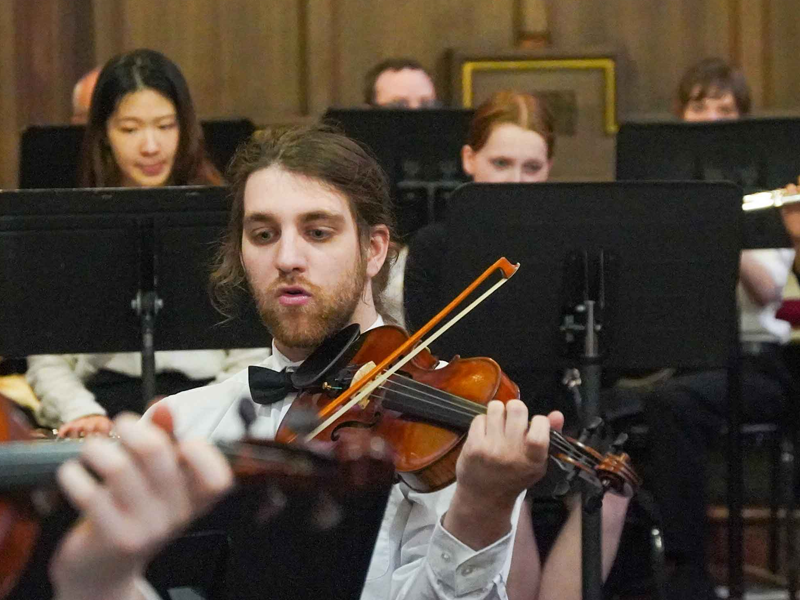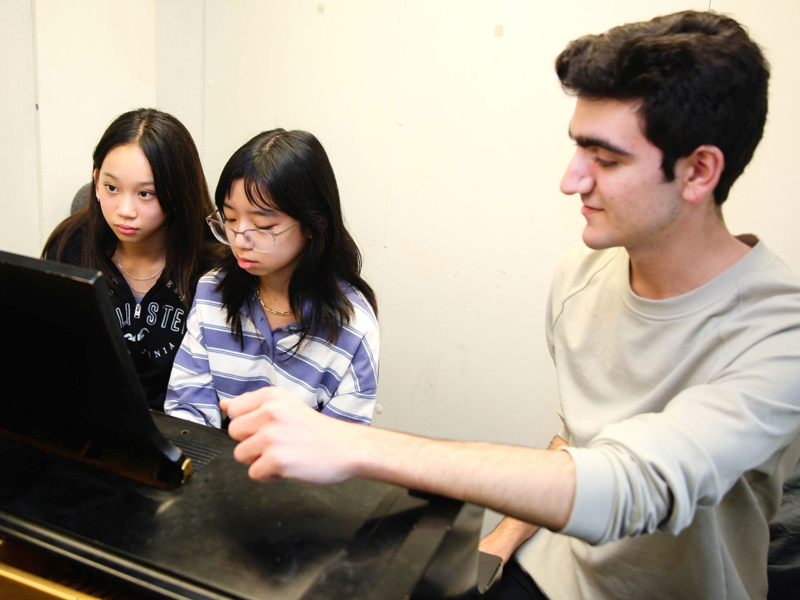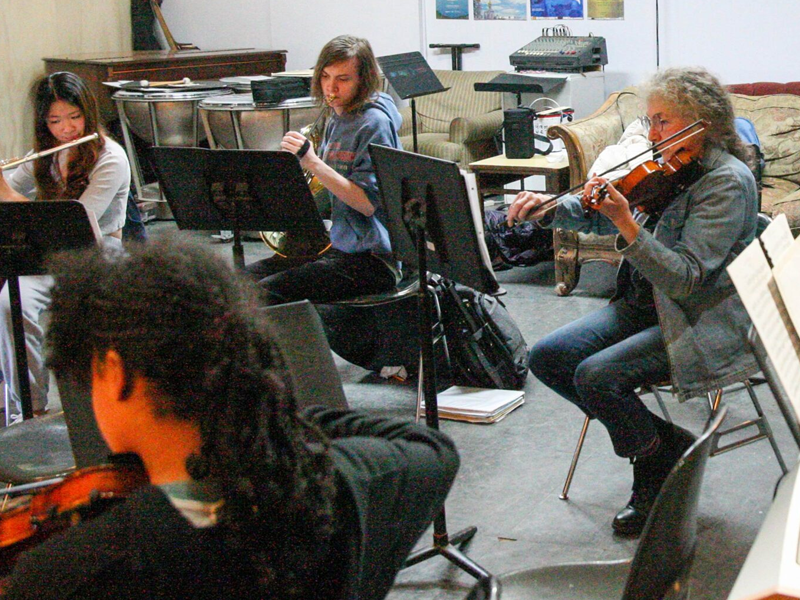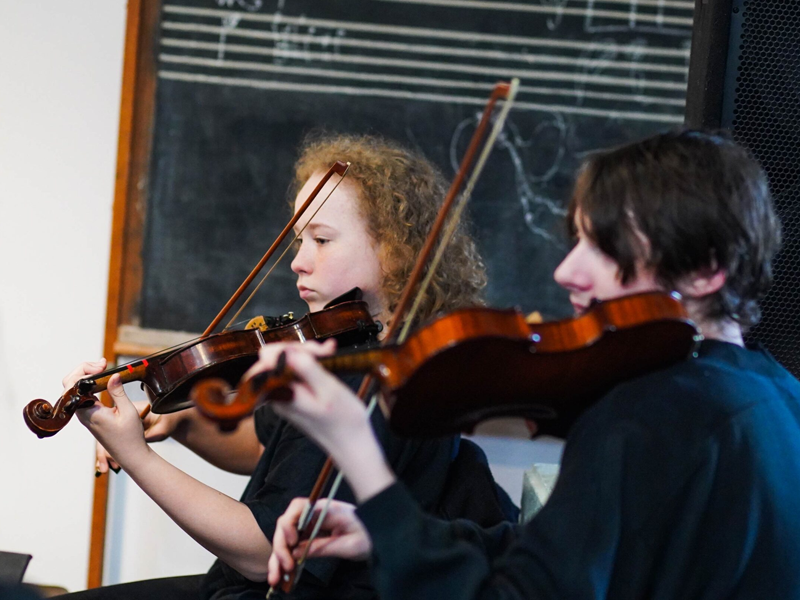ABOUT
ORCHESTRATING DIVERSITY
What is Orchestrating Diversity El Sistema St. Louis?
Orchestrating Diversity, an El Sistema program of the Lemp Neighborhood Arts Center, is a social-change-through-music education and performance program. We believe in the transformative power of music to bring discipline and an ability to work with others and to enrich the self-concept of young people, empowering them to their full potential. We bring professional musical training to the youth of St. Louis, especially the underserved communities, in an intense educational program. We seek to even the playing field with the goal of increasing diversity in the orchestra. More importantly, we aim to replace despair with personal engagement in the creative process.
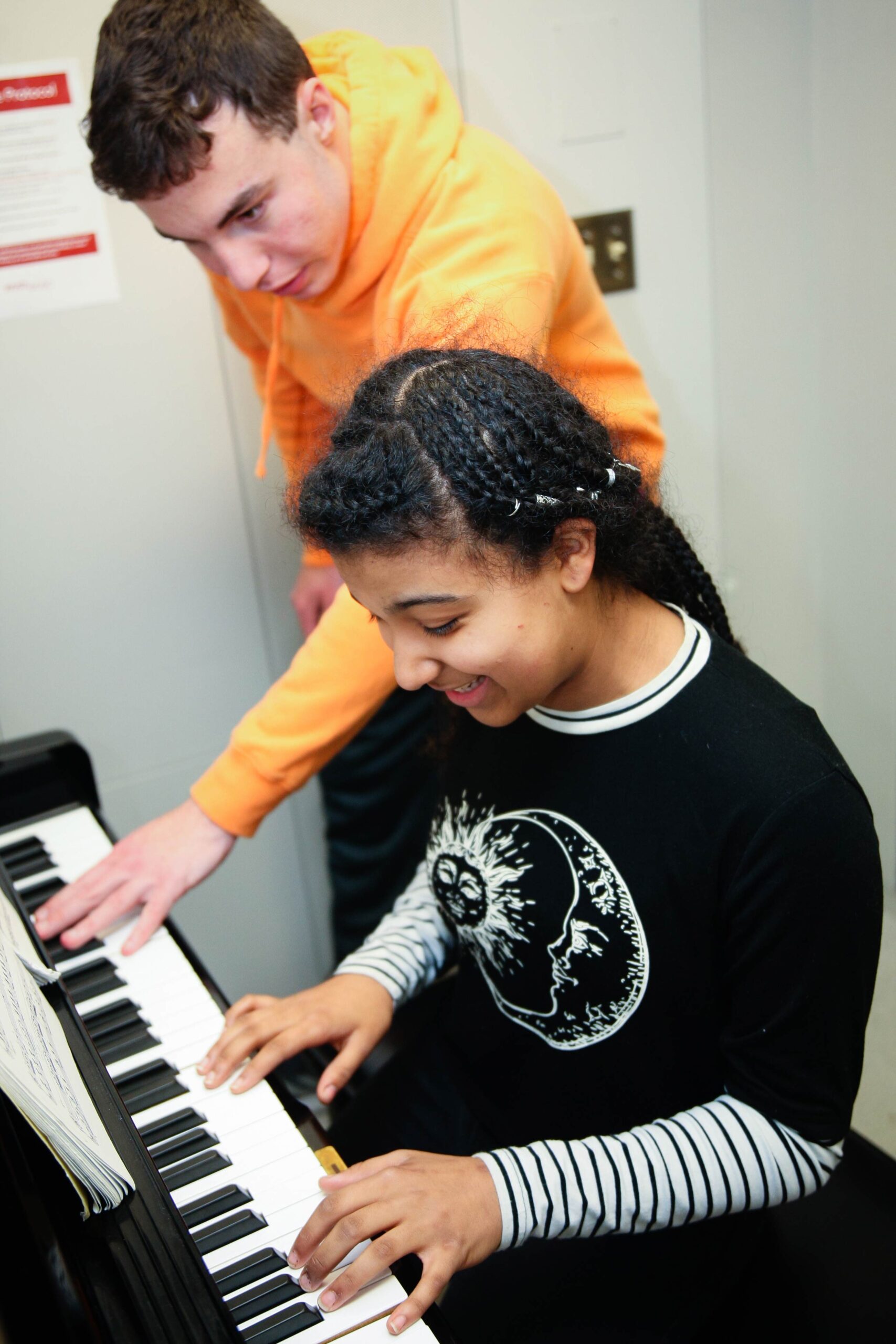
History Of Orchestrating Diversity
A colleague commented that he recalls Sarich talking IN 1995 about forming a program that would teach strings to inner-city children. In the years following, Sarich utilized his teaching positions to develop a technique for teaching both Music Theory and Music History. Working first at Blackburn College (a work-study university where the vast majority of students were the first in their families to attend college) and then at Forest Park Community College (largely serving the inner-city population), he developed a highly successful program resulting in a higher level of competence in these subjects. These are the same texts and techniques employed in Orchestrating Diversity.
In late 2007 three Vista volunteers who had done service in Philadelphia, returned to LNAC and asked about doing volunteer work with area under-served youth. The Lemp Artists Mentoring Program (LAMP) was conceived. In January 2009, Max Woods, an undergraduate at Washington University, approached Sarich with the opportunity to write a grant to fund a social-change program. This was the first funding, provided through the Gephardt Institute for Civic and Community Engagement at Washington University. A program for educating inner-city youth in orchestral music, called ORchestrating Diversity, was developed with the help of Lisette Dennis, our grant advisor at the Regional Arts Commission, and Jesse Windels who did graphic design and PR. The program was launched with an 8-week Summer Intensive Music Camp on June 1, 2009. We began with 18 students who attended from 8:30am to 3pm five days a week. At the same time, Woods started a student support organization of the same name. From the beginning Orchestrating Diversity: El Sistema-St. Louis was committed to an agenda of social change made possible by bringing competent music education to the youth that need it most. The Summer Intensive has continued every year since.
In the month preceding the first Summer Intensive Music Camp, the team became aware of the work done by Dr. José Antonio Abreu in Venezuela. Abréu’s program, El Sistema, focused on free lessons for children in the barrios of Caracas resulting in a youth orchestra which both exceeded all professional expectations and had a significant impact on the lives of the young people. Sarich was excited to learn that many of the techniques he developed were very similar to those employed in El Sistema. In the Fall, we learned that Abréu had that year won the Ted Award. In accepting, he stated, “ I wish you would help create and document a special training program for 50 gifted young musicians, passionate for both their art and for social justice, and dedicated to developing El Sistema in the US and other countries.” The ceremony took place at the New England Conservatory of Music, through the instigation of Dr. Mark Churchill. In October, we petitioned to be added to the roster of American nucleos and Dr. Churchill bestowed on us the status of “Nucleo in Planning”.
The summer of 2010 brought a visit by El Sistema Fellowship graduate, Stanford Thompson and his colleague from Peabody Institute of Music, Erin Schreiber, then the youngest assistant concert-mistress in the country. As a result of this visit, Orchestrating Diversity became the eleventh recognized nucleo in the country. From the onset, there was awareness that we could only achieve our transformative goals with a comprehensive program that included very young children. In early 2011 we began the Junior Urban Music Program (JUMP), which implemented aspects of Dalcroze’s Eurhythmics, the Kodály Method, and Gordon’s Music Learning Theory to teach music literacy. We also offered beginning violin class for children ages six to nine. JUMP is still active and currently located at the Messiah Community Center. We have expanded our program to include children aged four to eleven.
We attempted the same program in East St. Louis during the summer of 2012, but issues including a lack of funds prevented the completion of the program. We continue to hope for an expansion of JUMP into East St. Louis.
KEYS began as a result of a number of keyboard players who joined the Washington University Orchestrating Diversity Student Group (now the Sounds of St. Louis). KEYS started in 2012. From the beginning, classes were offered in Tietjens Hall on the Washington University campus thanks to the generous donation of keyboards from Play It Forward.
In response to the initial drive to bridge the gap in music education and create a more diverse musical world, Orchestrating Diversity has managed to provide private instruction for every student from professional musicians. The summer intensive for Diversity Orchestra also holds college level instruction in music theory, music history, and musicianship. Throughout the year, youth have the opportunity to perform professional level music in an orchestra setting, and even see the St. Louis Symphony perform the same repertoire that they are working on.
In the time we have worked with young people in St. Louis we have had successful performances of many of the major works in the orchestral repertoire. Our orchestra has performed Beethoven Symphonies 1, 3, 5, and 7, Schumann’s Symphonies 1 and 2, Schubert Symphonies 6 and 8, Brahms’ 1st, Sibelius 2nd, Saint-Saëns 3rd, and Shostakovich and Tchaikovsky 5th Symphonies. They have also performed major concerti for cello, piano, oboe, and trumpet, with our students as featured soloists, and overtures by Beethoven, Joplin, Mendelssohn, Mozart, Rossini and von Weber. They have premiered works by Andrew Stock and Mark Sarich. The true success, however, has been in the more than 95% of our graduates who complete a 4-year collegiate program as well as those who have gone on to conservatory training.
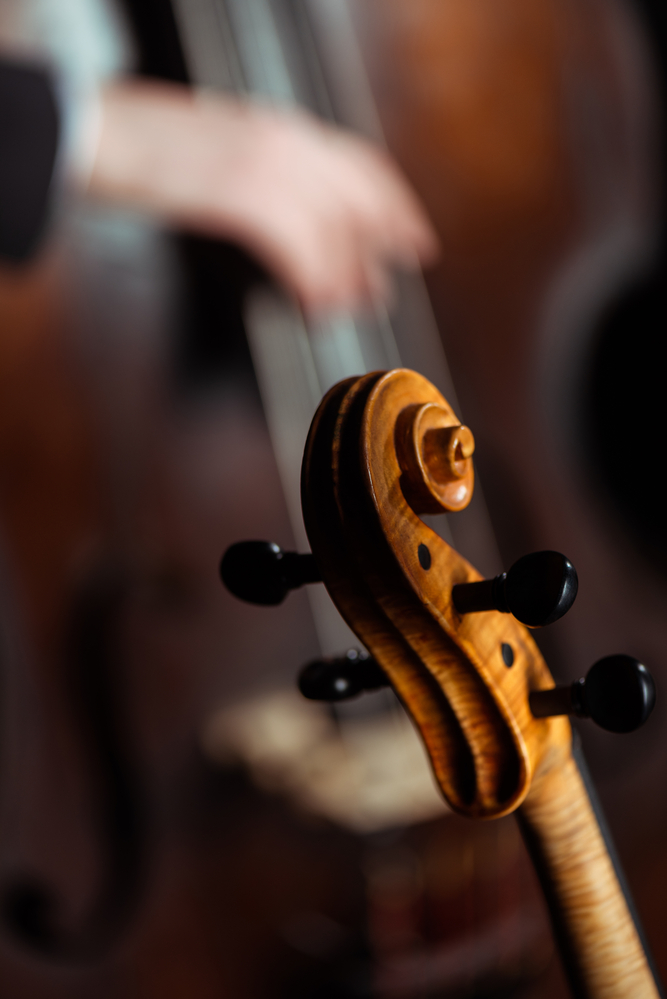
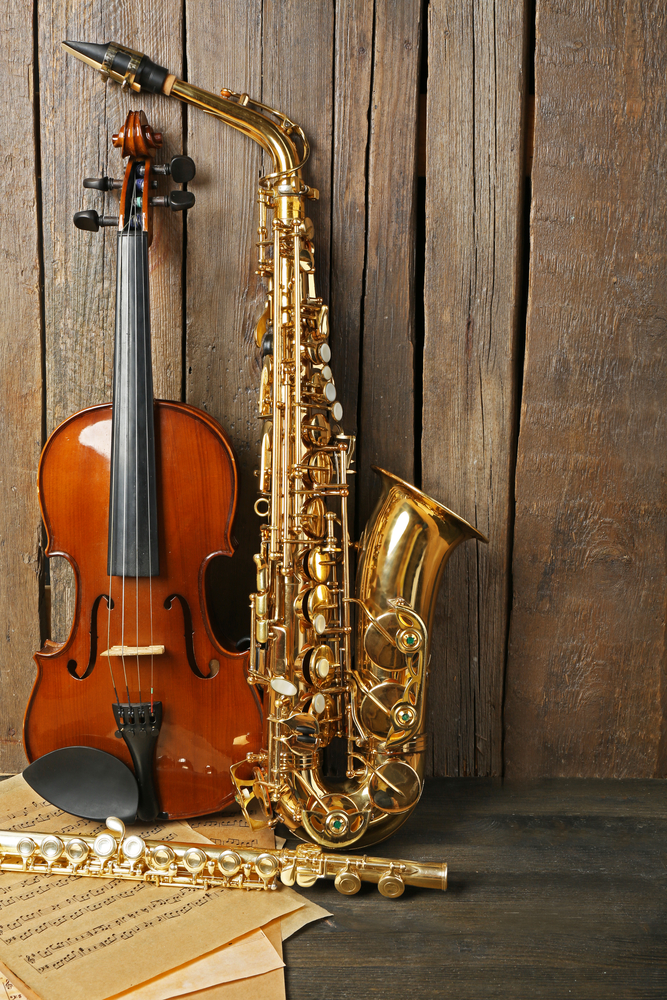
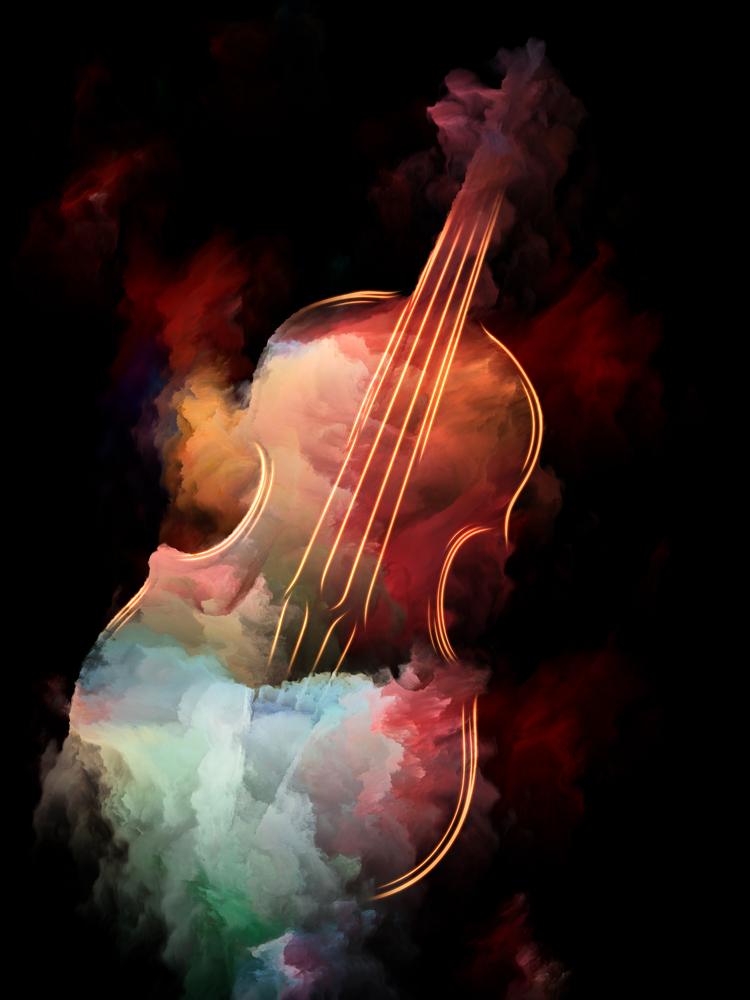
Philosophy
Orchestrating Diversity brings professional musicians and college faculty to young inner-city students in an intensified educational programs for beginner and advanced musicians. For 8 weeks during the summer and 40 weeks during the school year, students are taught college-level music theory, history, and musicianship. They participate in an ensemble performing symphonic literature, and are given private lessons on their instruments by many of the finest musicians in the area. The program is free for all students and is offered at the Lemp Neighborhood Arts Center. We seek to even the playing field with the goal of increasing diversity in orchestras and to bring the transformative power of music to replace despair with personal engagement.
Orchestrating Diversity is an answer to the incomplete and, at times, uninspired music education in the inner city. Paired with a social environment that often provides a disincentive to educational excellence, schools often establish low expectations of inner-city youth. Remedying the situation requires a recasting of the educational process and proving a social framework of hope, self-empowerment and the expectation of personal excellence. Our participants have consistently graduated from high school programs, successfully entered college programs, and in several instances changed their lives from engaging in maladaptive behaviors to motivated, productive ones. Inner-city young musicians can find themselves as charity cases in programs designed for the affluent. Our goal is to provide high-level music instruction to these students free of the intimidation. As our name suggests we are dedicated to providing ensemble music as a tool to foster diversity. Our students come from city public schools. This has resulted in a demographic in the program that closely maps the cultural diversity of the city.

